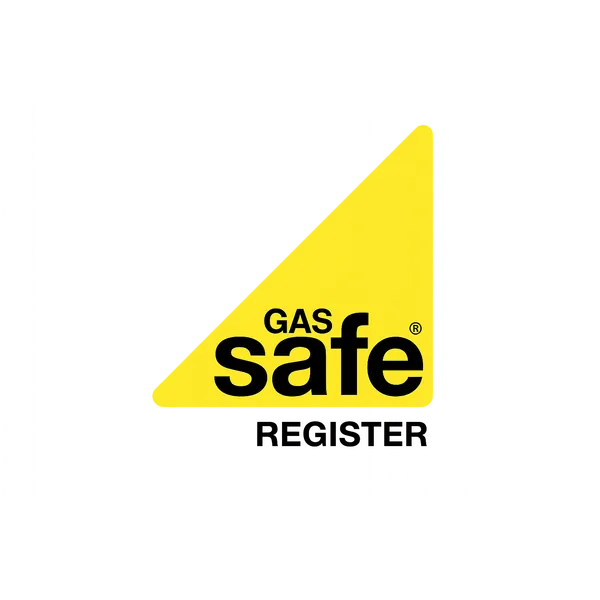V2L, V2H, V2G: The Future of EV Charging Explained
Electric vehicles are rapidly evolving from simple transportation devices into sophisticated mobile energy storage units. The emergence of vehicle-to-everything (V2X) technology represents a paradigm shift in how we think about energy management, grid stability, and personal energy independence. This comprehensive guide explores the three key V2X technologies transforming the electric vehicle landscape.
Understanding Vehicle-to-Everything (V2X)
Vehicle-to-everything (V2X) is an umbrella term describing the bidirectional flow of electricity between electric vehicles and various endpoints. Rather than simply consuming energy from the grid, V2X-enabled vehicles can return stored electricity when needed, creating a dynamic energy ecosystem. This technology transforms EVs from energy consumers into valuable grid assets and personal power stations.
The Three Pillars of V2X Technology
Vehicle-to-Load (V2L): Portable Power on Demand
Vehicle-to-Load (V2L) represents the most accessible form of bidirectional charging. It allows EV owners to use their vehicle's battery to power electrical devices directly, essentially turning their car into a mobile power bank. Modern V2L systems can typically deliver between 1.5kW and 3.6kW of power—sufficient to run laptops, power tools, camping equipment, or even small household appliances during outdoor activities or power outages.
Key V2L applications include:
- Emergency power during blackouts
- Power source for outdoor events and camping
- Backup for construction sites and remote work locations
- Temporary power for home renovations
Vehicle-to-Home (V2H): Your Personal Energy Reserve
Vehicle-to-Home (V2H) takes the concept further by enabling seamless integration between your EV and home electrical system. With V2H technology, your electric vehicle can power essential household circuits during grid outages or periods of high electricity costs. A typical EV with a 60-100kWh battery can power an average UK home for 2-5 days, depending on energy consumption patterns.
V2H systems offer significant benefits:
- Energy Independence: Reduce reliance on the grid during peak pricing periods
- Emergency Backup: Maintain power for refrigeration, lighting, and communication during outages
- Cost Savings: Use stored solar energy from your EV during expensive peak hours
- Carbon Reduction: Optimise renewable energy usage throughout the day
Vehicle-to-Grid (V2G): Powering the National Infrastructure
Vehicle-to-Grid (V2G) represents the most sophisticated application of bidirectional charging technology. V2G systems allow electric vehicles to communicate with the national grid, providing stabilisation services and balancing supply and demand in real-time. When thousands of V2G-enabled vehicles participate, they create a massive distributed energy storage network that can support grid reliability and integrate more renewable energy sources.
V2G benefits extend beyond individual users:
- Grid Stabilisation: Help balance frequency and voltage fluctuations
- Renewable Integration: Store excess solar and wind energy for later use
- Peak Shaving: Reduce strain on grid infrastructure during high-demand periods
- Revenue Generation: EV owners can earn money by providing grid services
How Bidirectional Charging Technology Works
Bidirectional charging relies on sophisticated power electronics that can convert DC battery power to AC household current and vice versa. The heart of this system is the onboard charger/inverter, which must be specifically designed for bidirectional operation. Unlike conventional EV chargers that only convert AC to DC, bidirectional chargers can flow electricity in both directions with high efficiency.
Technical Requirements for V2X Systems
Implementing V2X technology requires several key components:
- Bidirectional EV Charger: Specialised charging equipment capable of two-way power flow
- Energy Management System: Smart software that coordinates between vehicle, home, and grid
- Grid Connection Equipment: Safety systems that ensure proper isolation and synchronisation
- Communication Protocols: Standardised interfaces for vehicle-grid communication
Safety Considerations
V2X systems incorporate multiple safety layers:
- Automatic isolation during grid outages (anti-islanding protection)
- Real-time monitoring of power quality and frequency
- Thermal management to prevent battery degradation
- Cybersecurity measures to protect against unauthorised access
Compatible Vehicles and Current Availability
The V2X ecosystem is rapidly expanding, with several manufacturers now offering bidirectional capabilities:
Current V2X-Enabled Models
- Nissan Leaf: One of the first production vehicles with V2G capability
- Mitsubishi Outlander PHEV: Early adopter of V2H technology
- Ford F-150 Lightning: Features extensive V2L capabilities with up to 9.6kW output
- Hyundai Ioniq 5/6: Supports V2L functionality through external adapter
- Kia EV6: Similar V2L capabilities to Hyundai models
- Volkswagen ID. Family: Planned V2X implementation in future models
Upcoming V2X Vehicles
Most major manufacturers have announced V2X roadmaps, with widespread implementation expected by 2025-2027. Companies like Tesla, BMW, Mercedes-Benz, and General Motors are developing their own bidirectional charging solutions.
How CRG Direct Prepares Installations for V2X Future
At CRG Direct, we believe in future-proofing EV charging installations to ensure our clients can seamlessly adopt V2X technology as it becomes available. Our approach involves several key strategies:
Infrastructure Readiness Assessment
Before installation, we conduct comprehensive assessments to determine V2X readiness:
- Electrical Panel Evaluation: Ensuring sufficient capacity for bidirectional power flow
- Grid Connection Analysis: Verifying compatibility with local distribution network requirements
- Home Energy Audit: Identifying optimal circuits for backup power during outages
- Future Expansion Planning: Designing systems that can easily integrate V2X components
V2X-Ready Charger Installation
We install charging equipment that either includes bidirectional capability or can be easily upgraded when V2X technology becomes standard. Our installations feature:
- Scalable Power Electronics: Equipment designed for future bidirectional upgrades
- Smart Energy Management: Systems that can coordinate multiple energy sources
- Grid Communication Interfaces: Prepared for future V2G service integration
- Remote Monitoring Capabilities: Cloud-connected systems for optimal performance
Comprehensive System Integration
Our holistic approach ensures all components work together seamlessly:
- Solar PV Integration: Coordinating EV charging with solar generation patterns
- Battery Storage Compatibility: Designing systems that can incorporate home batteries alongside V2X
- Smart Home Integration: Connecting EV systems with home automation for optimal energy use
- Tariff Optimisation: Programming systems to take advantage of time-of-use pricing
The Economic Case for V2X Technology
Cost Savings and Revenue Opportunities
V2X technology transforms EV ownership from an expense into a potential revenue stream:
Direct Financial Benefits:
- Reduced electricity bills through smart charging and discharge timing
- Revenue from grid services (frequency regulation, capacity markets)
- Avoided costs during power outages (business continuity, food spoilage prevention)
- Increased property value through enhanced energy resilience
Indirect Benefits:
- Extended battery life through optimised charging patterns
- Reduced grid infrastructure costs (shared societal benefit)
- Lower carbon emissions through better renewable energy utilisation
- Enhanced energy security at both individual and national levels
Return on Investment Analysis
While V2X equipment currently carries a premium over standard chargers, the total cost of ownership analysis reveals compelling economics. When factoring in potential grid service revenues, peak shaving savings, and outage protection benefits, most V2X systems achieve payback periods of 3-7 years in appropriate applications.
Challenges and Future Developments
Current Limitations
The V2X ecosystem still faces several challenges:
- Standardisation: Lack of universal communication protocols between vehicles and chargers
- Regulatory Hurdles: Complex grid interconnection requirements and insurance considerations
- Battery Degradation Concerns: Ongoing research into the impact of frequent cycling on battery life
- Consumer Awareness: Limited understanding of V2X benefits among potential adopters
The Road Ahead
Industry experts predict rapid V2X adoption over the coming decade:
- 2024-2026: Wider availability of V2X-enabled vehicles and standardised protocols
- 2027-2030: Mass market adoption as costs decrease and benefits become clearer
- 2030+: V2X as standard feature in most new EVs, integrated smart grid ecosystems
Preparing for the V2X Revolution
The transition to bidirectional EV charging represents one of the most significant developments in energy management since the advent of smart grids. As V2X technology matures, electric vehicles will increasingly serve as mobile energy assets that benefit both their owners and the broader energy system.
At CRG Direct, we're committed to helping our clients navigate this transition smoothly. By installing V2X-ready infrastructure today, you can ensure your EV charging solution remains relevant and valuable for years to come.
Ready to future-proof your EV charging installation? Contact CRG Direct today to discuss how we can prepare your home or business for the V2X revolution. Our expert team will assess your specific needs and design a system that grows with evolving technology.















